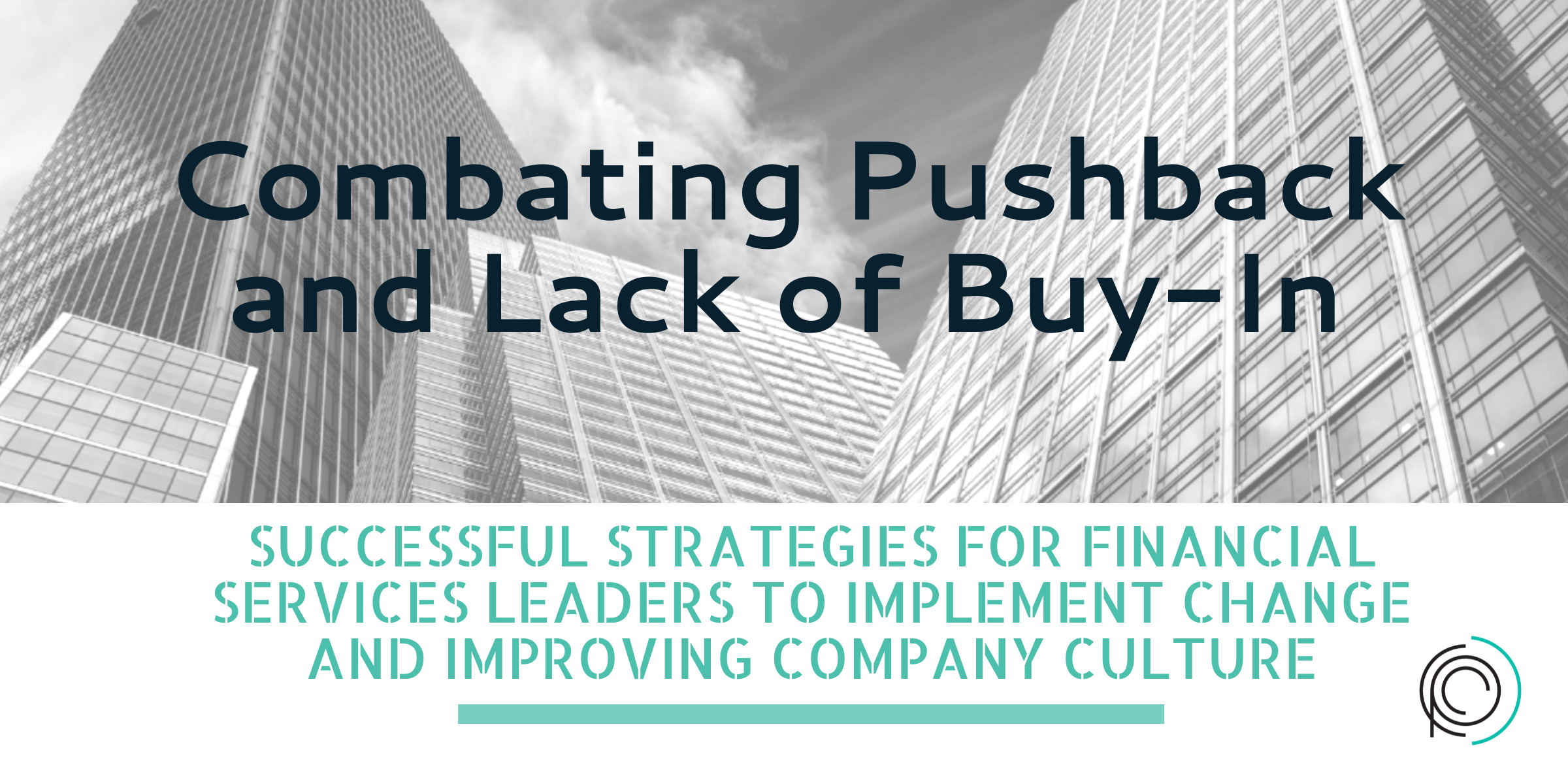The Voice of the Customer (VoC) is what one perceives as listening to their customers. It’s done with a process of collecting and analyzing feedback to help improve services and products and can greatly enhance your customer service experience(CX). According to Branding Strategy Insider, having a poor CX costs U.S. companies an estimated $83 billion in losses each year because customers are more likely to talk about a negative experience than a positive one. I haven’t come across a single business leader that is okay with losing money due to a terrible CX. Therefore, it’s important to use VoC to improve customer satisfaction and ultimately, business success.
VoC can take many forms such as surveys, focus groups, social media monitoring, and more. Each method has its own benefits and drawbacks but the key is to find the most effective way to gather feedback from your specific customer base.
One of the main advantages of using VoC is that it allows businesses to gain valuable insights into their customers’ needs, preferences and pain points. By understanding what your customers want, you can tailor your products and services to better meet their expectations. Additionally, by addressing any issues or concerns raised by customers through VoC, you can improve customer satisfaction and loyalty.
Moreover, VoC also serves as a tool for identifying areas of improvement within your business. By consistently collecting and analyzing feedback, you can pinpoint problem areas and make necessary changes to enhance the overall customer experience.
Another advantage of utilizing VoC is that it helps in building stronger relationships with customers. By actively seeking and listening to their feedback, you show that you value their opinions and are willing to make improvements based on their suggestions. This can improve customer trust and strengthen the relationship between your brand and your customers.
Customer experience is one thing that we can control, but we have very little understanding about. A lot of a company’s CX has to do with your customer’s feedback of what they are experiencing vs. what they feel is acceptable. Without understanding the voice of your customers, it can be difficult to improve and maintain a positive CX.
Normally, most businesses consider collective customer feedback important to growth, but in this unique case, the Voice of the Customer (VoC) attention shift focuses on individual data. By delving deep into analyzing individual feedback received from customers, businesses can pinpoint specific pain points and preferences, enabling them to tailor their products or services to meet the personalized needs of each customer on a more profound and meaningful level.
Why is VoC important?
If you aren’t able to meet your customer’s demands, it will likely result in losing that customer. Many companies with any kind of online presence will also run the risk of the customer sharing a negative review with others whether it’s true or not. This opens the door to a whole new set of issues that requires things such as customer experience analysis, mitigation plan, and customer recovery plan. All of this can be avoided by listening to your customers through VoC.
The optimal position for you to be in is where you are proactive rather than reactive when it comes to your CX. That’s starts with your VoC. A well-thought-out and managed voice of customer program will have an enterprise-wide structure for handling and analyzing customer feedback to enable teams to provide solutions for real-time issues that your customer is experiencing. Businesses that are paying attention to what their customers are saying through VoC have the ability to address customer concerns and prevent potential losses in revenue and customer trust.
The complexity of what business leaders need to be thinking about is no longer narrow and specific to their line or area of business. Business leaders need to think about their VoC from initial engagement through the sale and customer success to stay competitive. A successful VoC program can be a differentiator in today’s market by showing customers that you value their feedback and are dedicated to providing the best possible experience. By actively listening to customer feedback through various means, businesses can gain valuable insights, improve customer satisfaction, identify areas of improvement, and build stronger relationships with their customers.
Low prices or a semi-unique product or service isn’t forcing the consumer to continue to do business with you. What business leaders must be thinking about is improving their products and services in ways their customers are demanding. Consumers are willing to pay a higher price to get what they want, how they want it.
VoC not only collects customers’ data but emphasizes understanding it. A company should use this information to get down to the root cause of the customer’s issues or on the other hand, learn how to continue delivering on what their customers like about their products or services. Listening to the VoC is more helpful than carrying out surveys and hoping to get a good response. VoC focuses on asking investigative questions and being prepared to receive positive and negative responses.
Some investigative questions that should be incorporated into the VoC include:
- Are your products/services priced according to your target market?
- Does your product or service bring enough value to your customer to outweigh the cost?
- Are your products/services making your customer’s life easier or better?
- Have you revised your products or services according to your customer feedback?
The responses might surprise you, but you will, at the very least, have some insight to make changes.
The Role of Technology in VoC
Advancements in technology have made it easier than ever to collect and analyze customer feedback through various channels such as surveys, social media, and review sites. This allows businesses to gather a large amount of data quickly, providing a more comprehensive understanding of their customers’ needs and preferences.
Moreover, technology also enables businesses to automate the process of collecting and analyzing customer feedback, making it more efficient and accurate. With tools like sentiment analysis, businesses can identify common themes and sentiments in customer feedback, helping them pinpoint problem areas and prioritize areas for improvement.
Implementing a well-structured VoC program is essential for any business looking to improve its overall customer experience. By actively listening to customers through various channels and utilizing technology, businesses can collect valuable insights, enhance their products or services, and build stronger relationships with their customers. VoC is not just about collecting customer feedback; it’s about understanding and utilizing that feedback to continuously improve and exceed customer expectations. So don’t underestimate the power of your customers’ voices, as they hold the key to your success and growth. Instead, use it to your advantage and create a strong bond between your brand and your customers.
Voice of the customer in the supply chain
A VoC program also pertains to the supply chain because it can help fulfill customers’ needs by streamlining their operations and automating where appropriate. Manufacturing, shipping, and logistics leaders must remember your customers are internal and external; they are your interconnected teams, suppliers, vendors, and patrons. Integrating the VoC program ensures team collaboration, creating a responsive network that meets the customers’ preferences and needs. In cases where warehouses aren’t set up properly, inventory isn’t accurately accounted for, and long lead times will alter the accuracy of data, operational gaps, and root causes.
The great resignation has flipped business models on their heads. You need to pay attention to what your customer is demanding, and that’s your internal and external customers because the current environment requires you to figure out how you will make fewer people more productive.
Voice of the Customer in Call Centers
Upgrading your technology will enable your agents to manage the customer’s concerns and update pertinent information, while leadership can capitalize on tools, such as AI to extract information used in operational overhauls. In a call center, designating leaders can capitalize on various modes of technology to better understand their VoC. Contact centers can use some or all of the tools available to better their customer’s experience such as phone and email surveys, call monitoring using software or at random peer-to-peer shadowing, social media, and employee reports in a CRM database. These are all resources commonly used in a VoC program. An important component is ensuring you are setting your agents up for success with the right tools and resources, so they can capture an accurate read on your VoC.
When a company invests in a voice of customer program, they can better manage their customer service, handle responses quickly and in an organized fashion, and use the information collected to improve business processes. A company that does not have a VoC program can miss opportunities to meet customer demands and improve its product or service. Linking your VoC to customer service and customer success can provide transparency on multiple fronts of the organization, and the feedback can help dictate the next steps. Thus, it is a crucial tool for enhancing customer success.
In conclusion, incorporating a Voice of the Customer program in your business can bring numerous benefits such as gaining valuable insights, building stronger customer relationships, and improving overall customer satisfaction. By actively listening to their feedback and implementing necessary changes, businesses can stay ahead of the competition and ensure long-term success. So don’t underestimate the power of VoC – it is a crucial tool for any business striving to provide a positive and personalized customer experience. So, continuously gather and analyze your customers’ feedback, and use it to drive growth and success for your business.
The era of solely relying on traditional marketing tactics is long gone. Today’s consumers are more informed, vocal, and demanding than ever before. Businesses must shift their focus from just selling products or services to building meaningful and lasting relationships with their customers. And a well-executed Voice of the Customer program is an essential element in achieving this goal.
If you would like to better understand your VoC, contact one of our experts today.







